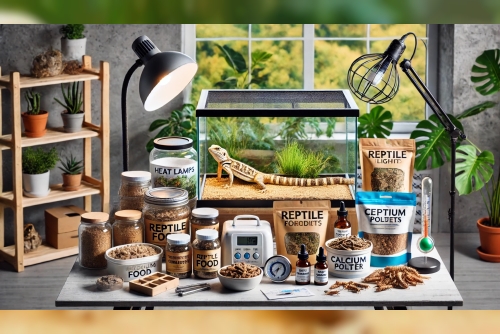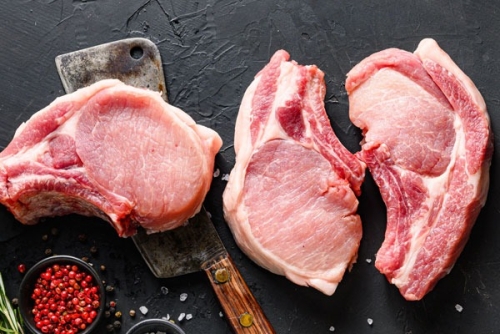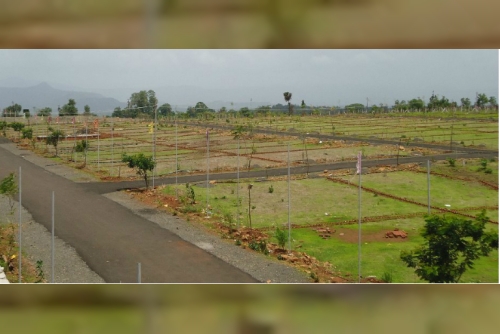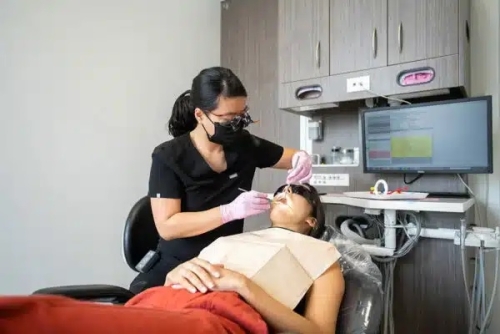Setting up the perfect habitat for your reptile pet involves more than just picking a tank. With a wide range of reptile products available, understanding what your pet needs is essential to ensure their health and happiness. Whether you’re caring for a gecko, snake, turtle, or frog, the right combination of habitat accessories, reptile food, and maintenance tools will help them thrive. This guide explores the essential reptile supplies you’ll need, including habitat setups, feeding options, and care tips for both reptiles and amphibians.
1. The Importance of Proper Reptile SuppliesReptiles and amphibians require highly specific environments to mimic their natural habitats. Providing the correct heating, lighting, and humidity is vital to their health, along with proper food and enclosure accessories. Using high-quality reptile products ensures that your pet remains comfortable and reduces stress-related health problems.
Essential reptile supplies include:
Enclosures and habitat decorations
Heating and UV lighting systems
Thermometers and hygrometers
Substrates and bedding
Reptile food and supplements
For amphibians like frogs or salamanders, the focus shifts slightly toward maintaining humidity, so amphibian food and misting systems become critical supplies.
2. Reptile Enclosures and Habitat SetupThe right enclosure is one of the most important purchases you’ll make. Each reptile has unique needs, depending on whether it’s a desert, tropical, or aquatic species. Consider the following:
Size: Ensure the enclosure allows your pet enough space to move comfortably.
Ventilation: Proper airflow is essential to prevent mold and keep the environment healthy.
Secure Lids: Snakes and lizards can escape through small openings, so use escape-proof lids.
Decorations and Hides: Add logs, caves, or branches to create a natural environment and give your reptile places to hide.
Additionally, for amphibians, the setup may require more emphasis on moisture. Misting systems or water bowls should be incorporated to keep humidity levels high. Amphibians may also benefit from bioactive enclosures with live plants.
3. Heating, Lighting, and Humidity ControlReptiles rely on external heat to regulate their body temperature, which makes heating elements essential. Here’s what you’ll need:
Heat Lamps or Mats: Provide a basking area with controlled temperatures. For desert reptiles, such as bearded dragons, basking spots can reach 90–100°F.
UVB Lighting: Some reptiles, like turtles and lizards, need UVB light to produce Vitamin D3, which helps them absorb calcium.
Thermometers and Hygrometers: Monitor temperature and humidity levels to maintain an ideal environment.
For amphibians, humidity is key. Use a hygrometer to track moisture levels and a misting system to keep the habitat moist. Amphibians generally need high humidity between 60–80%.
4. Substrates and BeddingThe right substrate keeps your reptile comfortable and supports natural behaviors like burrowing. Some common bedding options include:
Reptile Carpet: A safe, washable option for lizards and snakes.
Coconut Fiber: Ideal for tropical reptiles as it retains moisture well.
Sand: Suitable for desert species like bearded dragons but should be used cautiously to prevent ingestion.
Moss or Leaf Litter: Amphibians thrive in natural substrates that maintain humidity.
Always research the best substrate for your reptile to avoid impaction risks, which occur when animals accidentally swallow inappropriate bedding materials.
5. Reptile Food and Feeding SuppliesProviding the right nutrition is crucial to your pet’s health. Reptile food varies widely depending on the species, with common options including:
Insects: Crickets, mealworms, and dubia roaches are staple foods for many reptiles and amphibians.
Frozen Mice or Rats: Snakes like ball pythons rely on whole prey diets. Always thaw food before feeding.
Vegetables and Fruits: Tortoises and some lizards need a diet rich in leafy greens and fruits.
Pellets: Commercially available turtle or lizard pellets can provide balanced nutrition.
For amphibians, live food like crickets, blackworms, and small insects are essential. Commercial amphibian food is also available, often in pellet or gel form, designed to meet their unique dietary needs.
Feeding Tips:
Use feeding tongs to offer live food safely.
Dust insects with calcium and vitamin powder to prevent deficiencies.
Provide fresh water daily for hydration.
6. Supplements and Health ProductsReptiles often require supplements to maintain proper nutrition. Key supplements include:
Calcium Powder: Prevents metabolic bone disease in reptiles that require high calcium intake.
Multivitamins: Ensure balanced nutrition, especially for young or breeding reptiles.
Electrolyte Solutions: Help maintain hydration, particularly for amphibians.
7. Cleaning and Maintenance SuppliesA clean habitat is essential to prevent disease and odor buildup. Some essential cleaning supplies include:
Reptile-safe Disinfectants: Avoid harmful chemicals that could irritate your pet.
Water Conditioners: If your pet requires a water bowl or aquatic setup, conditioners remove chlorine and harmful chemicals from tap water.
Poop Scoops and Spot Cleaners: Regular spot cleaning keeps the habitat sanitary between deep cleans.
8. Popular Reptile Products for Different PetsHere are some of the top reptile products for various species:
Turtles and Tortoises: UVB lights, turtle docks, and aquatic filters.
Snakes: Escape-proof enclosures, heat mats, and frozen prey.
Lizards: Basking lamps, climbing branches, and cricket feeders.
Amphibians: Misting systems, live plants, and amphibian food like fruit flies or worms.
Choosing quality products ensures your pet has everything needed to stay healthy and comfortable.
9. Conclusion: Setting Your Reptile Up for SuccessCreating the perfect environment with the right reptile supplies is key to your pet’s well-being. From secure enclosures to heating systems and the proper diet, every detail matters. Using high-quality reptile products ensures your pet receives the best care possible. Additionally, incorporating a variety of reptile food and amphibian food options keeps their diet balanced and meets their unique nutritional needs.
By investing in the right products and maintaining your pet’s habitat, you’ll create a stress-free environment where they can thrive. With a combination of proper care, the right supplies, and consistent monitoring, your reptile or amphibian will enjoy a healthy and happy life.












